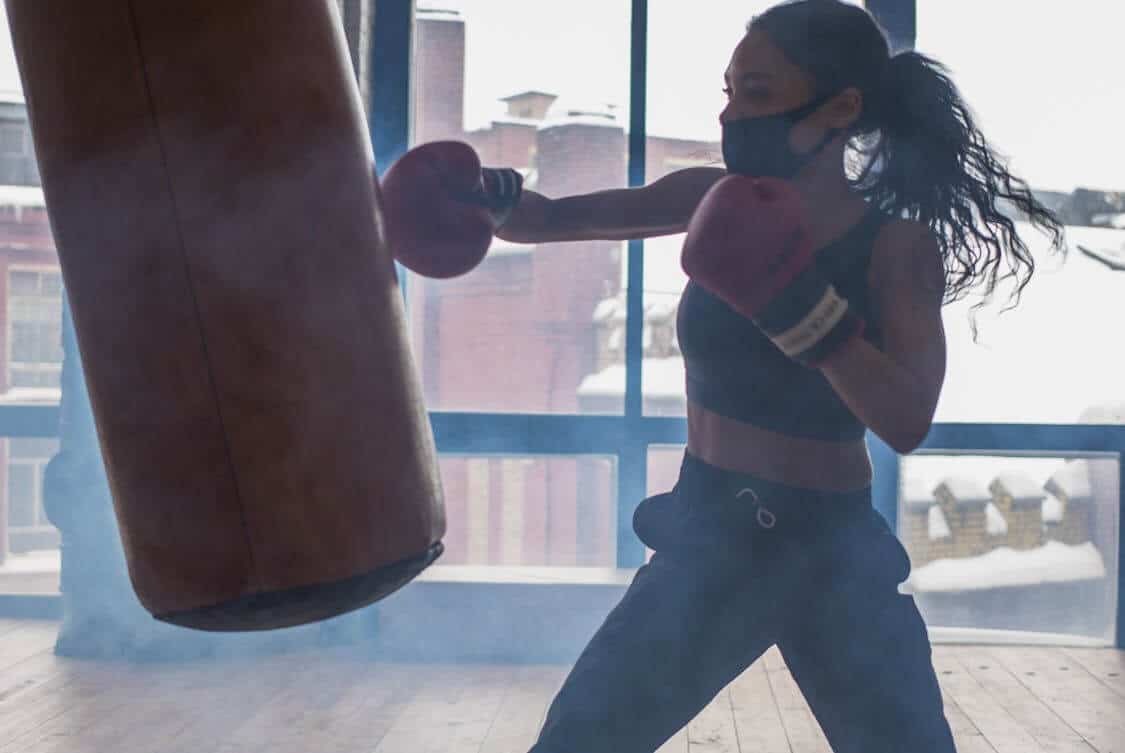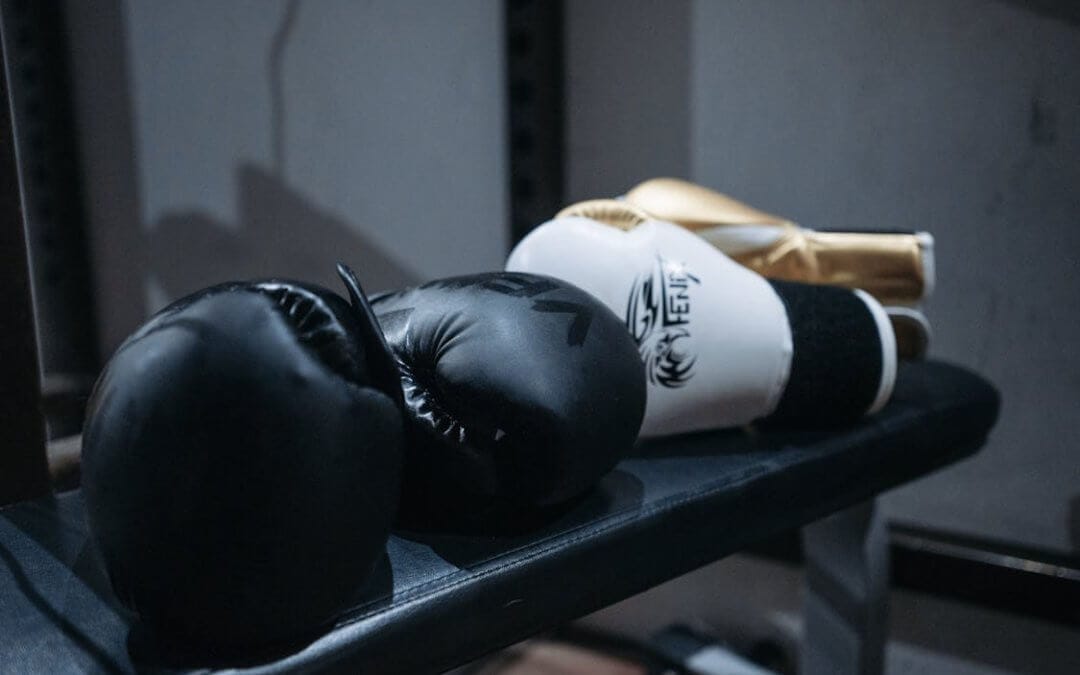When stepping into the ring, the right boxing gloves are essential. The type of glove you choose can significantly impact your performance and protection. With myriad options available, understanding the various types and their features can help you make an informed decision.
Training Gloves
Training gloves are the workhorses of boxing equipment. Designed for various training activities, including bag work and sparring, they provide a good balance between protection and striking power.
Most training gloves feature ample padding, which helps absorb the impact from punches, making them suitable for long sessions. If you’re after gloves that offer both durability and performance, consider Revgear, a trusted brand among athletes for reliable training equipment.
These gloves typically come in weights ranging from 10 to 20 ounces. The choice of weight often depends on the boxer’s body weight and level of training. Heavier gloves offer more protection, while lighter gloves allow for faster hand speed during training drills.
Sparring Gloves
Sparring gloves are specifically crafted for training with a partner. They are designed to minimize the risk of injury for both the wearer and the training partner.
Sparring gloves generally have more padding than regular training gloves, especially around the knuckles, to cushion the impact during light sparring sessions.
A common weight for sparring gloves is between 14 and 20 ounces. Heavier gloves are preferred for sparring, as they provide additional protection and simulate the feeling of using heavier gloves in a match.
The increased padding allows for safer exchanges of punches, reducing the chance of injury during practice.
Bag Gloves

When practicing on a heavy bag, bag gloves come into play. These gloves are typically more compact and have less padding than other types, allowing for a greater connection with the bag.
This direct contact helps boxers improve their technique and power.
Bag gloves often weigh between 10 and 14 ounces. They are designed to withstand the rigors of hitting a heavy bag without compromising the boxer’s hand speed.
However, wearing bag gloves for sparring or partner work is not recommended due to the lack of padding.
Competition Gloves
Competition gloves are tailored for official boxing matches. These gloves have a sleek design, with less padding than training or sparring gloves. The goal is to allow for more powerful punches while still providing a level of safety for the opponent.
Competition gloves typically weigh between 8 and 10 ounces. The weight often depends on the weight class of the boxer. These gloves are made from high-quality materials, offering durability and performance, enabling boxers to showcase their skills during fights.
Muay Thai Gloves
Muay Thai gloves are versatile, designed for both striking and grappling. Unlike traditional boxing gloves, Muay Thai gloves often feature a more open thumb and less padding, allowing for better grip and dexterity.
This design is particularly useful for clinching and executing knee strikes.
Though similar in appearance to boxing gloves, Muay Thai gloves weigh between 10 and 16 ounces, giving fighters the flexibility needed for various techniques. The added functionality makes them a popular choice among mixed martial artists and kickboxers, as well.
Hybrid Gloves
The rise of hybrid gloves has introduced a unique option for fighters who want the best of both worlds. These gloves blend features from traditional boxing gloves and MMA gloves, providing versatility for different fighting styles.
Hybrid gloves usually have a lighter design, offering greater mobility and comfort.
Weighing between 8 and 12 ounces, hybrid gloves are great for training and competition. Their design allows for striking while also facilitating grappling techniques, making them a preferred choice for those who practice multiple disciplines, including boxing and MMA.
Custom Fit Gloves
For those seeking a truly personal touch, custom-fit gloves offer an individualized experience. Such gloves are tailored to the specific measurements of a boxer’s hands, ensuring a snug fit.
This customization enhances comfort and performance, reducing the likelihood of injuries during training or competition.
While custom gloves can be pricier, they are worth the investment for serious boxers. The perfect fit allows for better hand positioning and control, which can significantly impact performance in the ring.
Key Features to Consider
Material
The material of the gloves plays a crucial role in their durability and comfort. Most boxing gloves are made from either leather or synthetic materials. Leather gloves are more durable and often provide better breathability, while synthetic gloves are lighter and more affordable.
Closure System
The closure system is another essential feature in boxing gloves. Most gloves come with either a Velcro strap or a lace-up system. Velcro is user-friendly and quick to adjust, making it a popular choice for training. Lace-up gloves offer a more secure fit but require assistance to put on and take off.
Padding
The padding within the gloves is vital for protecting both the boxer and their opponents. Different types of padding are available, including foam and gel. Gel padding provides a more cushioned feel, while foam is often denser, offering greater impact absorption.
The choice depends on the boxer’s preference and intended use.
Weight
Weight is an essential factor in selecting gloves. Lighter gloves allow for quicker punches and faster movement, while heavier gloves provide more protection.
Some training regimens may require different weights, so it’s beneficial to have multiple pairs to adjust according to the training session’s focus.
Importance of Proper Fit
A well-fitting glove can make a world of difference. Gloves that are too tight can restrict movement and circulation, leading to discomfort during training. Conversely, gloves that are too loose may shift during use, resulting in a lack of control.
Finding the right balance ensures optimal performance and comfort.
Trying Before Buying
Whenever possible, try on gloves before making a purchase. This allows you to assess the fit, weight, and comfort level. If you’re buying online, check the return policy to ensure you can exchange the gloves if they don’t meet your needs.
Break-In Period
New gloves often require a break-in period. Initially, they might feel stiff, which is normal. Wearing them during lighter training sessions can help them conform to your hands. This process enhances comfort and usability, allowing for better performance in the long run.




